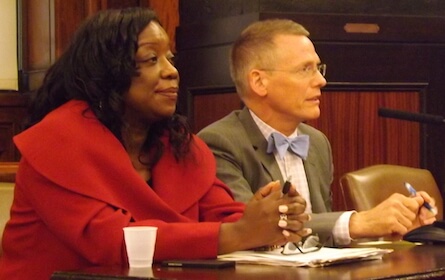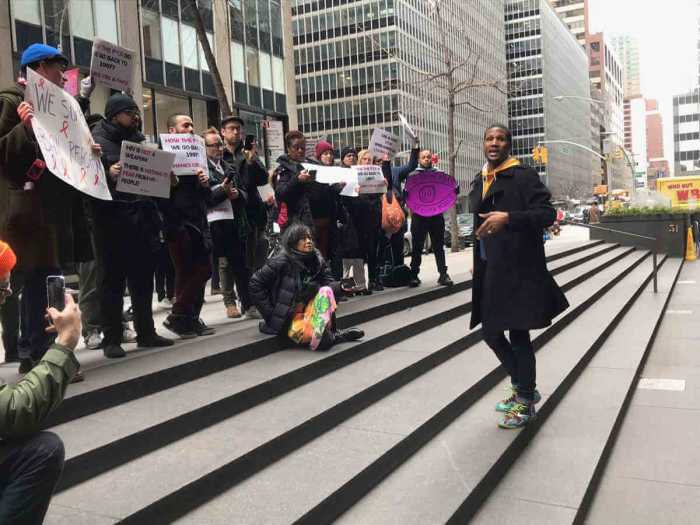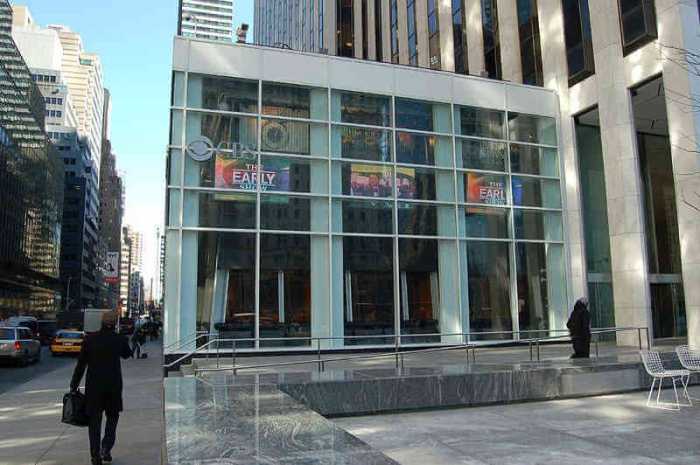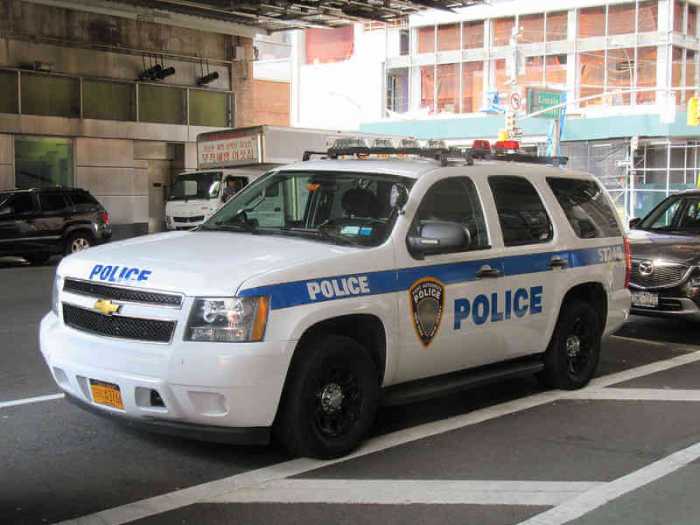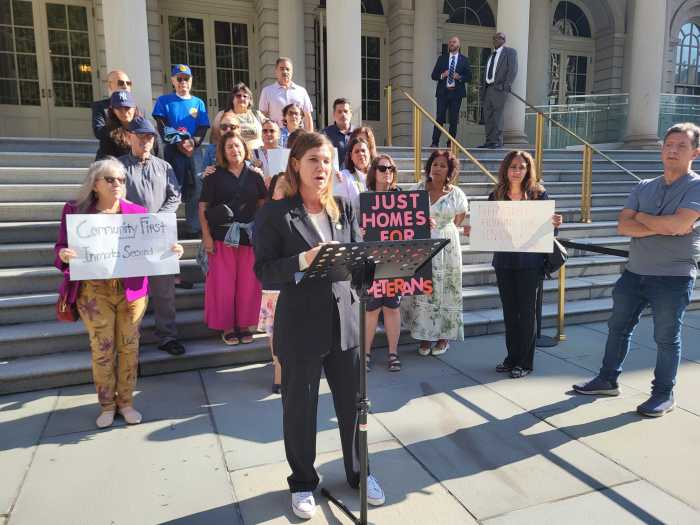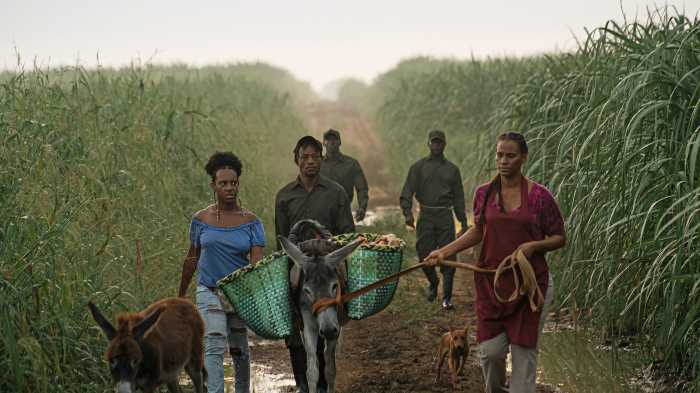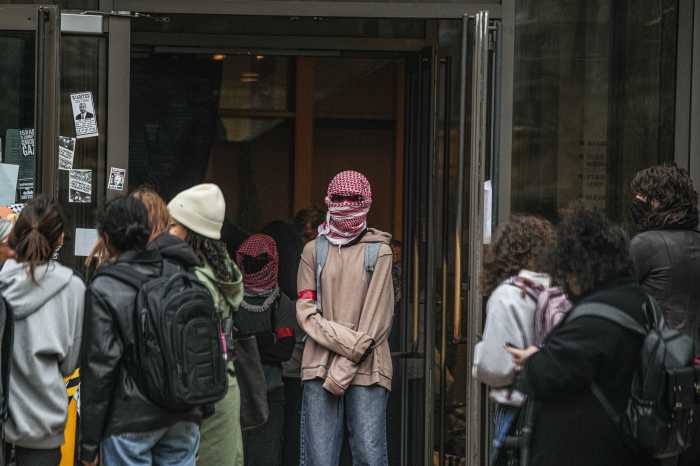Jacqueline Dudley, the Human Resources Administration deputy commissioner for the HIV/ AIDS Services Administration, and Dan Tietz, an HRA special services officer, at a June 24 City Council hearing. | GAY CITY NEWS
A long-sought cap on rent paid by people with AIDS living in city- and state-subsidized housing is benefiting roughly 8,500 of the estimated 15,000 people that AIDS groups had hoped would be protected by the cap because of the method the Cuomo administration is using to determine eligibility.
“Our initial estimate was up to 15,000 could be eligible,” said Dan Tietz, special services officer at the city’s Human Resources Administration (HRA), which operates the HIV/ AIDS Services Administration (HASA), at a June 24 City Council hearing. HASA serves 31,711 people with AIDS and another 10,539 of their family members.
The rent cap, which holds the rent paid by eligible people with AIDS living in city- and state-subsidized housing at 30 percent of their annual income, was enacted by the State Legislature in 2014 with support from Governor Andrew Cuomo and Mayor Bill de Blasio.
Cuomo administration’s formula for calculating benefit results in housing supports far below “mayor’s intention”
AIDS groups sought the rent cap for more than a decade. It mirrors a federal law, which was enacted in 1969, that caps rent payments for people living in federally-funded housing at no more than 30 percent of their annual income. Because HASA rental assistance is funded by the city and state, those rents were never subject to the federal cap.
The state Office of Temporary and Disability Assistance (OTDA), which sets eligibility for the rent cap, determined that anyone earning more than $376 a month, or about $12.50 a day, was not eligible for the rent cap. This significantly limited the eligible population of people with AIDS.
“If you have excess income above $376, it’s a pretty difficult place to be,” Tietz said. “To be clear, that was not our intention. It was not the mayor’s intention.”
Generally, people with AIDS who seek the rent cap are disabled and the income they are receiving comes from Social Security disability.
When the legislation was enacted last year, the deal was the city would pay 65 percent of the cost of the cap and the state would contribute 35 percent. In practice, the city is paying 71 percent and the state is paying 29 percent, Tietz said at the hearing.
Asked about the rent cap at a June 29 press conference, de Blasio was polite when discussing a Democratic governor who continues to attack his fellow Democrats and shortchange or discard initiatives he has publicly endorsed.
“I can say that we would like renewed cooperation on the rent cap,” de Blasio said. “I think that was a very, very important new policy, something I believe in strongly, and we think it’s important that the state play its full role and pay its full share in that.”
Asked if he felt that Albany was being uncooperative, de Blasio said, “I wouldn’t say uncooperative, I’d say we need more clarity from the state.”
Charles King, the chief executive of Housing Works and co-chair of a 63-mmber task force that drafted the Plan to End AIDS, which seeks to reduce new HIV infections in New York from roughly 3,000 annually to 750 a year by 2020, said it was “critical that the 30 percent be fully inclusive.” The plan relies on using anti-HIV drugs in HIV-positive and HIV-negative people to prevent HIV transmission and delivering stable housing, food, transportation, and other services for people with HIV. King recently met with OTDA’s executive deputy commissioner, Sharon Devine, and two of her deputies.
“They have promised to review the regulations… to see if there is room to be more inclusive without a statutory change,” King said.
Responding to an email asking about rent cap eligibility, an OTDA spokesperson wrote, “There are statutory income eligibility thresholds for public assistance that may make a person ineligible regardless of whether they are living with HIV/ AIDS.”
The city-state split may result from the state’s annual contribution being capped and the cost of the rent cap being higher than anticipated.
“The 30% HASA rent cap was implemented based on a plan submitted by NYC HRA,” the spokesperson wrote. “Over a three year period (SFY 2014-15 to SFY 2016-17), the State is providing NYC with a total of $27 million ($9 million per year), with whatever is spent over that amount at 100% City cost.”
Cuomo endorsed the Plan to End AIDS in 2014. AIDS groups wanted at least $100 million in new spending for the plan. They got $10 million from the Cuomo administration for the state fiscal year that began on April 1.
Those same AIDS groups wanted the de Blasio administration to match that $10 million in the city fiscal year that begins on July 1, but City Hall wanted more information on how the state was implementing the plan. The city did not receive that information prior to de Blasio and the City Council closing a deal on the budget, which provided $5 million rather than the $10 million advocates sought.
“In terms of other areas, we’re waiting for more definitions from the state, particularly on how funding would be used in the fight against HIV and AIDS,” de Blasio said. “So again, we want to, we want to see more clarity. We’re ready to work in partnership. We’re very committed to the mission, but we want to see more clarity.”
The city’s $5 million is split with $1.1 million coming from the de Blasio administration and $3.9 million contributed in City Council discretionary funds. City Councilmember Corey Johnson, who is gay and represents Chelsea, told Gay City News that it may be possible to add more funds for the Plan to End AIDS later in the fiscal year during budget modifications, which typically occur in November or December.
“The mayor’s office wants to meet in the next two weeks… to discuss finding more money before the budget process for next year,” Johnson said on June 26.

